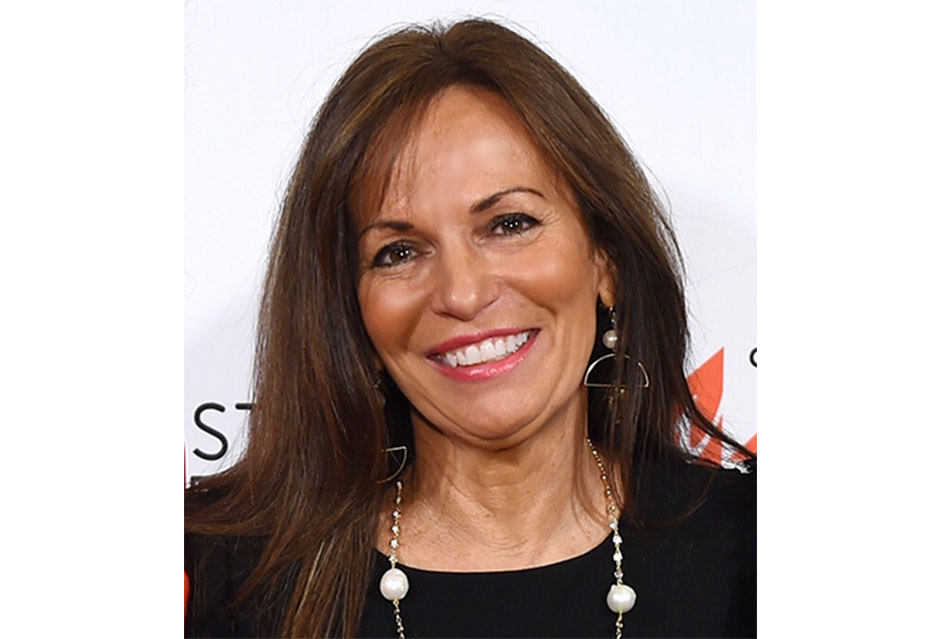The State of Gender Diversity in Cable Ranks
Women In Cable Telecommunications has
spent the past year highlighting research that demonstrates
the business case for gender diversity, while
shining a light on best practices at the companies recognized
by the PAR Initiative as best for women in cable. The latest outside research and trends point to the need
to place a greater focus than ever before on the recruitment
and retention of women at all levels.
Numerous reports have documented the shrinking talent
pool in the United States and the increasingly competitive efforts
by companies in the market for the best workers. According
to The Employment Policy Foundation, within 10 years,
there will be 6 million more jobs than available college graduates
to fill them. And the U.S. Department of Education reports
that women currently earn three degrees for every two earned
by men. This ultimately means that companies that want to remain
competitive need to focus on recruiting women.
Since 2003, the PAR Initiative has measured the status
of women employees in the cable industry based on three
criteria: pay equity, advancement opportunities and resources
for work/life support.
WICT will gauge how women fare when we release the
newest data from the upcoming 2011 PAR survey. Until
then, we can point you to some of the 2009 findings as well
as use some outside data and trends to determine the current
status of women.
Men and women are not equally represented at all levels of
management, and this is most dramatically demonstrated in
the progression toward and at the C-suite level. According to
WICT's 2009 PAR survey, women represent 35.7% of all employees,
35.5% of managers, 34.6% of mid-level managers and
25.1% of senior executives. In terms of senior-level executives,
the level is unfortunately below where it was first measured
in 2003 (26.7%) and the peak from 2006 (28.6%).
There is also an empirical connection between a genderdiverse
workforce and better corporate profitability. The
link is evidenced in the performance of companies with a
more robust mix of women and men in senior management.
Unfortunately, it appears the compelling data is not yet
being fully acted upon based on the 2010 Catalyst annual
surveys of Fortune 500 Women Board Directors and Fortune
500 Women Executive Officers and Top Earners. In both reports,
the percentage of women at the highest levels of
corporate leadership remained nearly the same as it was in
2009. But what is encouraging is that we are beginning to
learn what really works, as was communicated in WICT's
2010 Path to PAR Reports.
Multichannel Newsletter
The smarter way to stay on top of the multichannel video marketplace. Sign up below.
Among the best practices, the 2010 McKinsey global
survey says three actions stand out as driving results in
companies with more than 15 percent of women at C-level:
• Visible monitoring of gender diversity practices by the
CEO and executive team;
• Providing skill-building programs aimed specifically
at women;
• Encouraging or mandating that senior executives
mentor their more junior women.
Role models also play an important role in motivating
women to achieve new heights in business. This is why
it is such an honor to recognize the accomplishments
of the newest group of Wonder Women and Women to
Watch — all role models in their own right. We applaud
your eff orts to make your workplace more successful
and the industry stronger. We also salute Multichannel
News and the WICT New York Chapter for creating
a forum where we can celebrate the accomplishments
of this year’s honorees and ultimately emulate their
achievements.
What is the state of gender diversity in the industry?
Progress is being made, but there is still work to be done.
However, we should all feel greatly encouraged that the
case is strong for smart business leaders to make it their
mandate to ensure their teams are as equally rich in talent
as they are diverse.
Maria Brennan is president and CEO of Women In Cable
Telecommunications.
GENDER DIVERSITY PAYS
• Today, Fortune 500 companies in the top quartile when it
comes to women’s representation on their boards outperform
those in the lowest quartile by at least 53% on return
on equity;
• Of 89 publicly traded European companies with a market cap
of over 240 million dollars, those with more women in senior
management and on the board had, on average, more than
10% higher return on equity than those companies with the
smallest percentage of women in leadership.
SOURCE: Deloitte study
Maria E. Brennan, CAE, is president and CEO of The WICT Network, which boasts 10,000-plus members employed within multifaceted media, entertainment and technology companies. Members’ companies include information and communications products and services, broadband and cable networks, streaming services, television production operations, motion picture studios and more.

